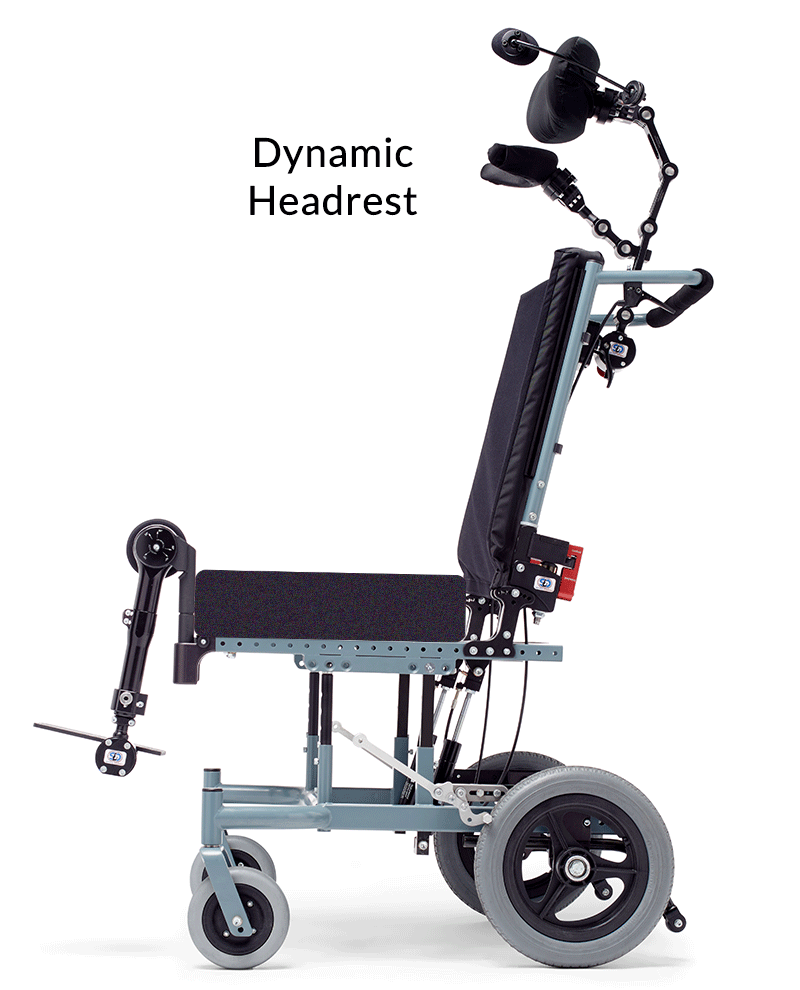How Do I Know if a Client Needs Dynamic Head Support Hardware?
Michelle L. Lange, OTR/L, ABDA, ATP/SMS
In earlier blogs we have addressed key topics such as “What is Dynamic Seating” and “Dynamic Seating: Clinical Indicators.” Clinical indicators are actually clinical goals of Dynamic Seating, such as protecting the client from injury and the equipment from damage. In this blog series, we will take a look from the other side – what can you currently observe that indicates this person could benefit from Dynamic Seating? In this blog, we will focus on Dynamic Head Support Hardware.
 A client may benefit from Dynamic Head Support Hardware if you are seeing any of the following:
A client may benefit from Dynamic Head Support Hardware if you are seeing any of the following:
- The head support pads are moving out of alignment
- The head support pads, or hardware are broken
- The client is able to move into neck hyperextension
- The client repeatedly contacts the posterior head pad with force (banging)
- The client pushes with sustained force against the posterior head pad
- The client is rotating their head, losing contact with the posterior pad, and falling forward
If you are seeing any of these concerns, contact your local seating and wheeled mobility evaluation team and ask whether Dynamic Head Support Hardware may be appropriate. The Dynamic Head Support Hardware may be combined with a Dynamic Back and/or Dynamic Footrests, as appropriate, to best meet an individual’s needs. You can also explore further resources on this website for more information. Finally, feel free to contact us for help. Let’s get clients moving!
